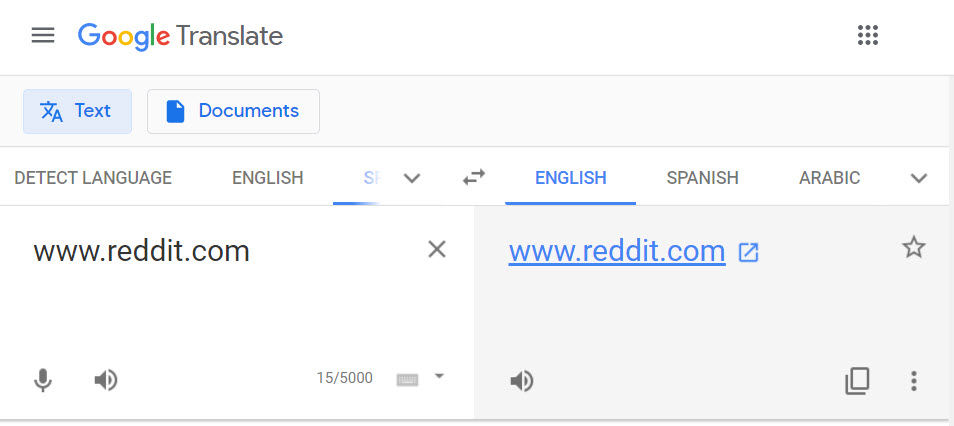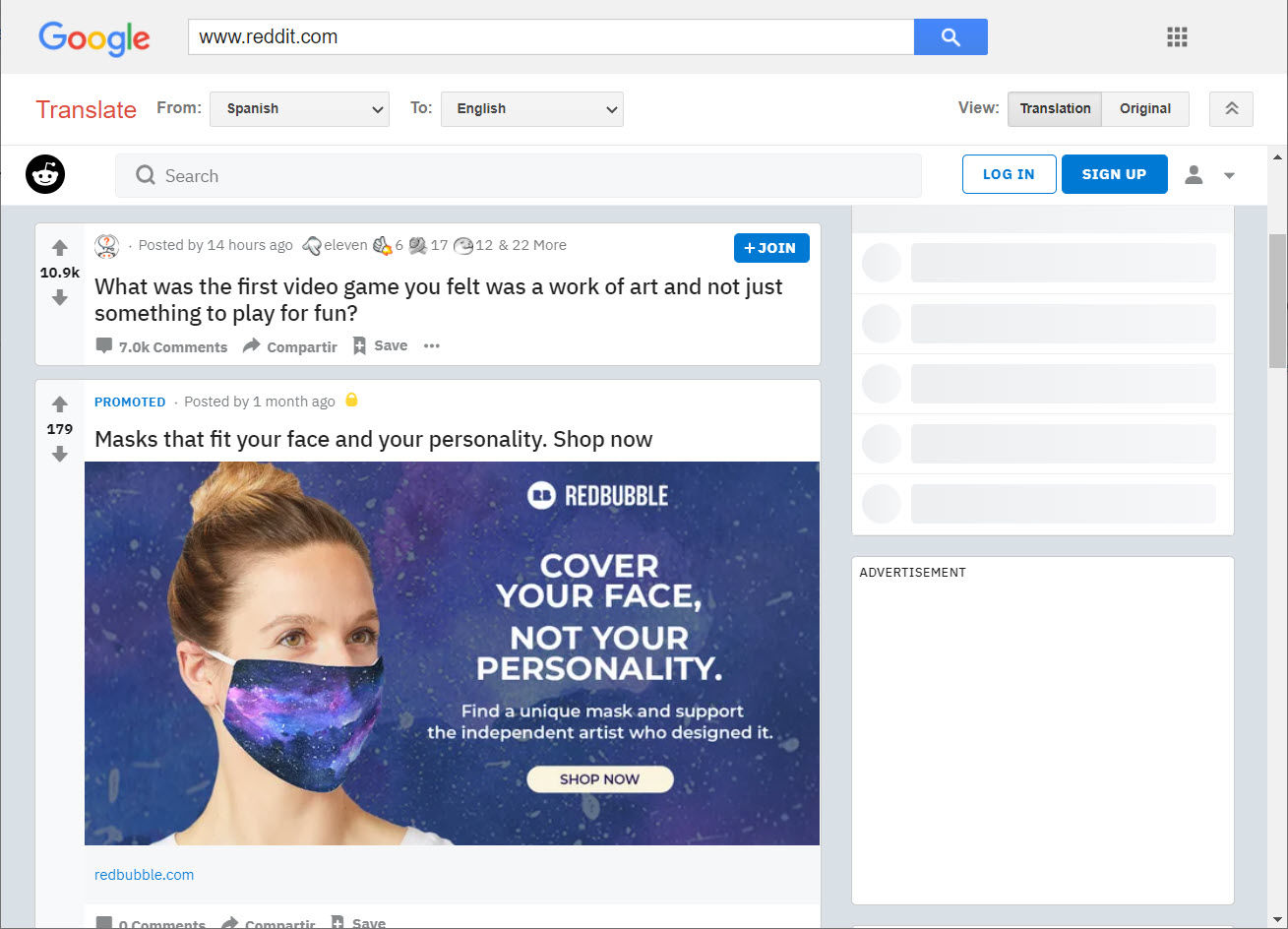There could be a number of reasons why that restriction exists, whether it’s because you’re in a different region in the world (a geo-block) or because your work or school administrator has blocked certain websites and services. It’s even possible your government is behind the block in some parts of the world, but it might also be that an over-eager web filter that’s flagged some content it shouldn’t have. Equally, if you’re seeing a message telling you that the website you’re trying to visit is potentially dangerous – because it might contain malware or be fraudulent – then you should take notice of this and not try to get around that block. But for content you’re sure is safe and isn’t going to scam you, there are a few ways to get around these regional blocks and filters and access whatever content you’d like, whether it’s Spotify, YouTube, Netflix or something else. As always, we don’t condone or encourage using these methods to access content illegally. Be safe and be smart.
Access blocked websites with Google Translate
It sounds an unlikely method, but it’s a simple, effective way to bypass content filters in a lot of situations. This ‘hack’ won’t work for everyone, and it won’t work for getting to websites or videos which are region-blocked. (For those, keep reading.) But for school and work filters, it can be surprisingly successful. First, you need to know the URL of the website you want to visit. You can Google it, then right-click on the link and choose ‘copy link address’ or similar – it will vary according to your web browser. Now, go to translate.google.com, paste in the URL you just copied, or type the full address of the website if you know it, such as www.reddit.com. Pick a language, such as Spanish, and leave English as the language to translate to (assuming you speak English). If you speak Spanish, set the options the other way around.
Click the link on the right-hand side, and the site should load, assuming your IT admin doesn’t already know this trick and has blocked Google Translate as well. If they have, you might be out of luck. You can now use the website almost as normal: links work, videos should play, but you might not be able to download any files.
Access blocked sites bypass filters using a VPN
In some cases, you won’t be able to download or install a VPN, such as at work or school. But if you’re using your own device which doesn’t have parental controls enabled, you can install a VPN app. This is one of the most popular and effective methods of bypassing regional blocks. It routes your internet connection through an online server, allowing you to browse as if you were using a different device in a different location. Unlike a simple proxy (see below) it routes all of your internet access through this connection, rather than just your web browser. That might be more than you need to just get around a web filter, but there are other reasons to want a VPN. There are dozens of VPN services you could use, including free ones. And in some cases, a free one will do the job perfectly. But we recommend opting for a paid VPN such as NordVPN which is not only affordable, but also offers the best service overall. One other that we can easily recommend is Surfshark. It’s even more affordable and has been steadily improving while we’ve been using it for the past few years. For more options take a look at our round-up of the best VPNs. There are some good free VPNs, but hardly any will unblock streaming services. One that does is Privado. Typically, you’ll download and install a VPN app on your PC, Mac, phone, or tablet, enter your username and password (as part of the setup process) and then pick a country to appear to be browsing from. Then you can go to the blocked site as you normally would, which should now give you access.
But on many devices, including phones, you can manually configure a VPN connection in the operating system’s settings. Because each device is different, that’s not something we can cover here in detail, but you’ll need various details including the server address, your username, password and certain other information. This means you need to create an account with your chosen VPN provider first.
Access blocked websites with a proxy
Another way to get around a block is to use a proxy service. Like a VPN, it routes your traffic through another sever, but unlike a VPN it tends to only work with specific applications (e.g. your web browser or torrent application) rather than your whole connection. It doesn’t encrypt all web traffic, either, and typically only changes your IP address to make it seem like you’re in the region where the content is viewable. That might be fine if you just want to quickly visit a website or watch a video, but there are some downsides to a proxy specifically concerning privacy and security. Proxies are often used by people hoping to access region-locked content like Hulu or US Netflix, or iPlayer if you’re not in the UK. But they can also often be used to avoid local content filters by circumventing them, hopefully allowing you to browse the web freely. The easiest-to-use proxies simply run as a browser extension, but that also means that only the traffic from your browser will be routed through the proxy – not from any other apps or services. If you care about privacy, you also want to make sure that you find one that uses HTTPS encryption – that’s the only way to have your traffic encrypted. There are free public proxies, but many have a bad reputation for collecting or selling user data, inserting ads into web pages, or stripping away encryption. With that in mind, we wouldn’t recommend using a proxy service for regular browsing – you’re better off with a VPN – but if you only want to get around a web filter on a few specific occasions, a free proxy could be the easiest option. HideMyAss is one of the best known free proxies, and it also offers a VPN service (although we didn’t rate it very highly in our review). Otherwise, if you find another proxy service you can use this online Proxy Checker tool to cheaply check if it’s a safe service, or one that’s manipulating your web traffic.
Use Tor to browse the internet anonymously
One of your other options is to use Tor, a.k.a. ‘The Onion Router’, to browse the web. Tor is the best known example of an ‘anonymity network’, and uses layered (hence the name) encryption and peer-to-peer networking to bounce your traffic around, allowing you to browse with almost complete anonymity. There’s one major downside to using Tor however: it’s slow. Relaying your traffic around the world a few times takes time, which means you can expect to experience much slower speeds when you browse through Tor. That’s the sort of trade-off you might be willing to make for increased privacy, but it’s not necessarily worth it if all you want is to bypass a filter – especially since the slower speeds will make streaming any sort of HD video difficult. There are also concerns that it’s not quite as 100% secure as people once thought, especially if the site you’re trying to browse to doesn’t use SSL. And dependent on how paranoid you’re feeling, you might worry that using Tor will put you on some sort of government watchlist, given how popular it is with political dissidents and whistleblowers. On the other hand, it’s totally free, and we’d recommend Tor over any of the free proxies or free VPNs for long-term browsing (though a paid VPN service still wins – and you can still use Tor with some VPNs) – the added security and privacy is well worth the drop in connection speeds.
Beat web filters with Google’s Public DNS
One final way to get around web filters is to instruct your PC or laptop to use different DNS servers. Google Public DNS is a free, global Domain Name System resolution service. Every time you visit a website, your computer performs a DNS lookup, converting the friendly address (such as www.techadvisor.com) of that web page to IP address of the server so your browser can display the page. If web filtering is running on your system, those domain names that pertain to tainted sites will be blocked from resolving the page you are expecting. Using an untainted DNS such as Google’s can get around this, letting you see the results you expect from a URL with no redirection. Google explains how to use Google Public DNS here.
Related articles for further reading
How to hide your IP address What is a VPN and why you need one How to use a VPN How to speed up a VPN Best VPN services (plus free options) Best VPN deals
Tech Advisor’s Deputy Editor, Dom covers everything that runs on electricity, from phones and laptops to wearables, audio, gaming, smart home, and streaming - plus he’s a regular fixture on the Tech Advisor YouTube channel.



